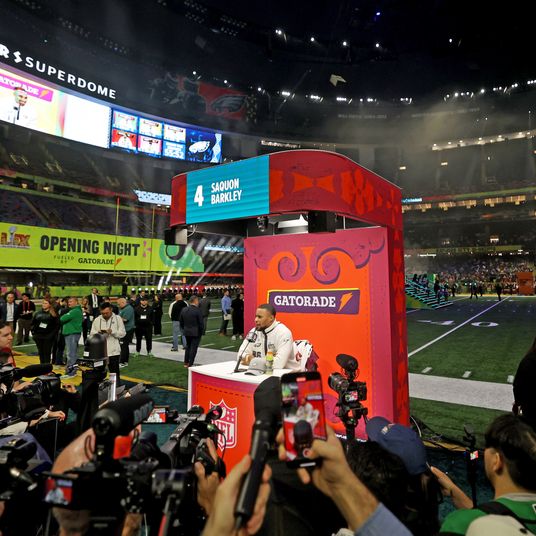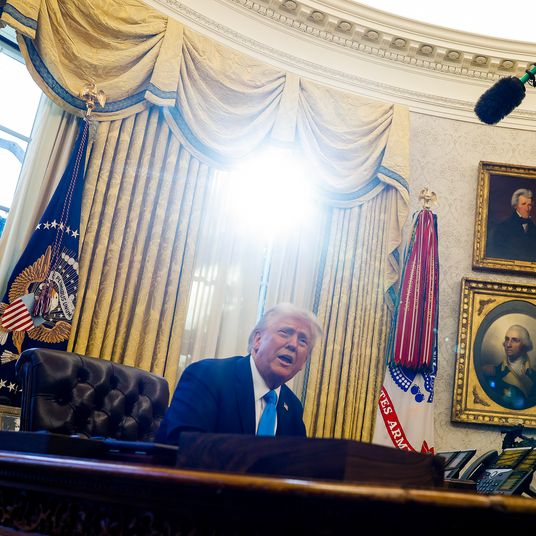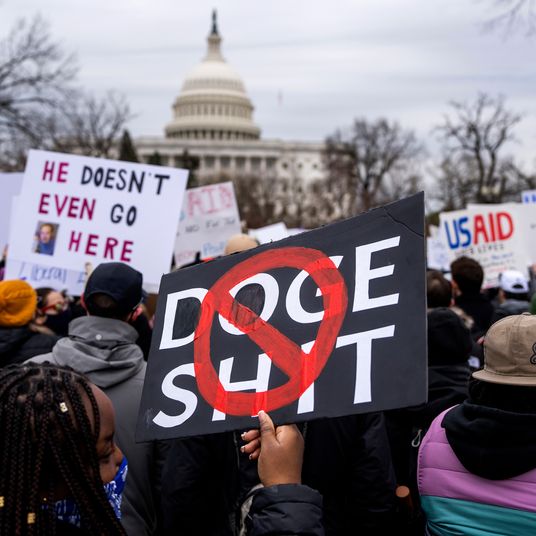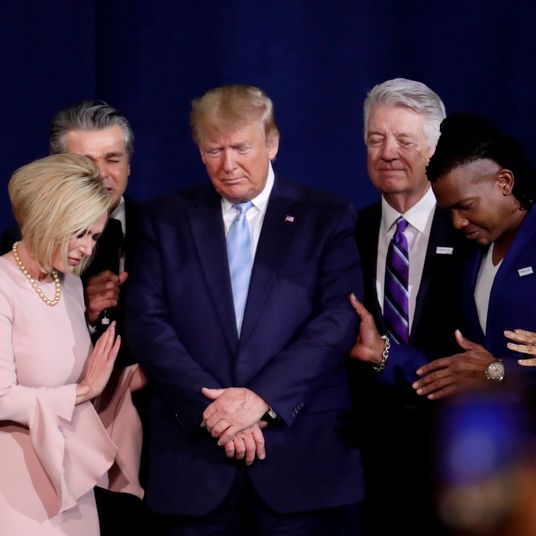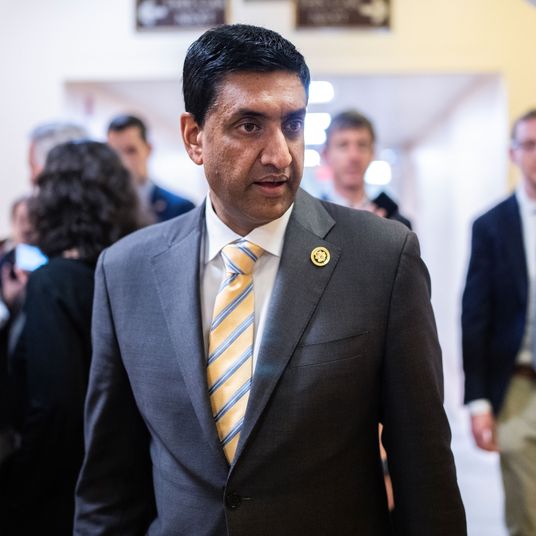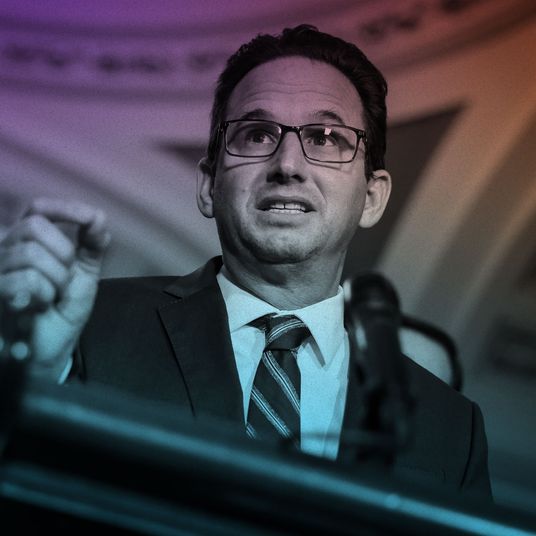
At a time when another upsurge of gun violence is shattering lives around the country, the U.S. Supreme Court has agreed to review a lower court decision applying a well-established precedent that the Second Amendment right of firearm possession for self-defense is restricted to one’s home. New York State Rifle & Pistol Association Inc. v. Corlett involves a very old Empire State regulation requiring the establishment of a clear and distinctive need for self-defense before a concealed-carry license is granted for use in public. Under District of Columbia v. Heller, the 2008 SCOTUS decision that first promulgated an individual right to bear arms, protection of “hearth and home” was deemed as a Second Amendment right, while states and localities were given a wider range of discretion in regulating firearms possession and use in other situations. That could soon change if the Court’s 6-3 majority chooses to extend a Second Amendment right of self-defense beyond the home. The Court’s grant of certiorari in the Corlett case indicates that at least four of its six conservative Justices are inclined in that direction.
As Vox’s Ian Millhiser notes, the order agreeing to review the case (which authorizes oral arguments in the next term that begins in October) doesn’t accept the petitioner’s claim that the issue at hand is a complete invalidation of state concealed-carry licensing regimes, but simply the denial of a license by New York absent demonstration of a distinctive need for self-defense (such as someone dealing with a stalker, or a storekeeper in a high-crime area). But still, a potential ruling that virtually anyone deserves the right to bear arms outside the home could have the effect not only of gutting stricter concealed-carry laws but other gun regulations that rely on the idea that the Second Amendment doesn’t create fundamental gun rights unless they are being exercised to protect one’s “castle.”
The absence of any major Supreme Court Second Amendment case since 2010 makes the outcome of the Corlett appeal uncertain. But Millhiser observes that the two most recent additions to the Court, Justices Brett Kavanaugh and Amy Coney Barrett, exhibited a strong interest in expanding Second Amendment rights while serving on federal Courts of Appeal. Three Justices who participated in the landmark establishment of an individual right to bear arms in Heller are still on the Court (Chief Justice John Roberts and Justices Clarence Thomas and Samuel Alito). So it wouldn’t be surprising if Barrett’s accession to the Court represented a tipping point that will soon give Second Amendment absolutists a big step toward an America where everyone’s assumed to be packing heat.






